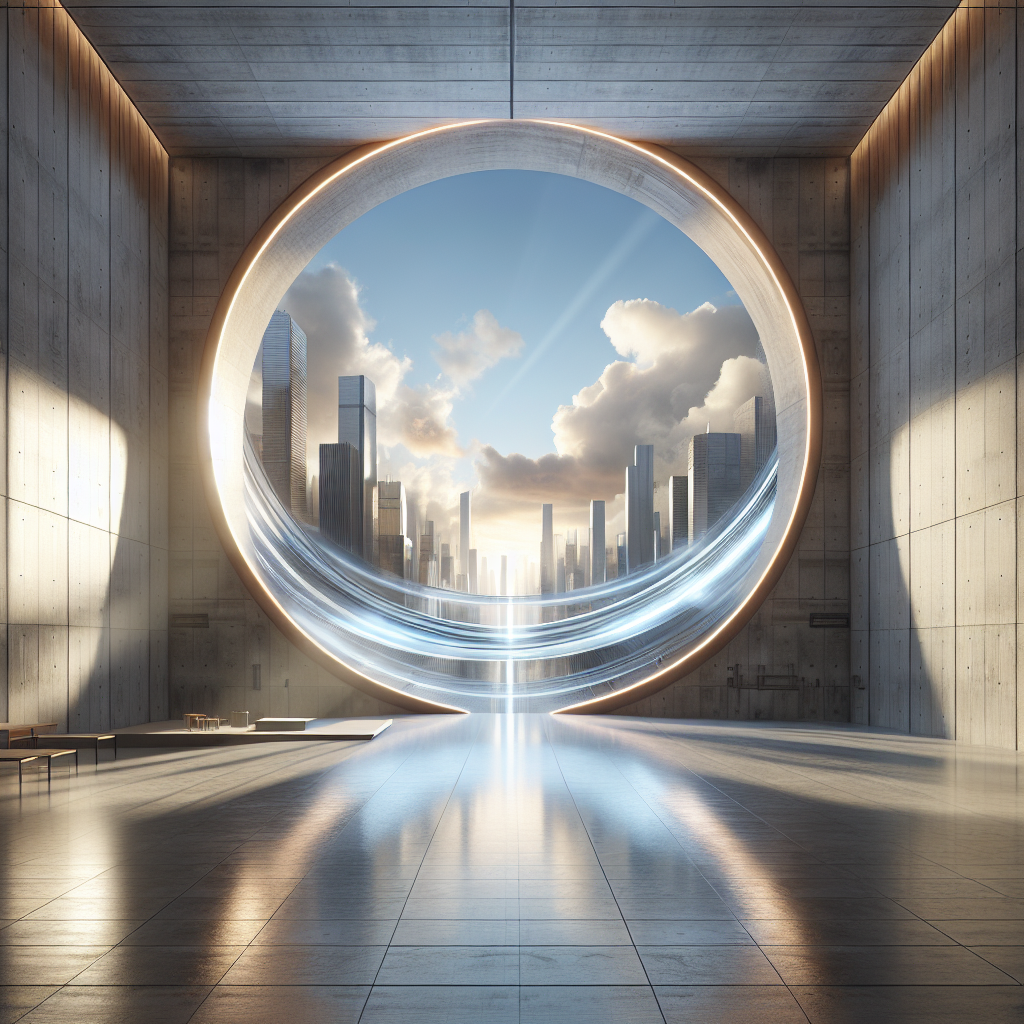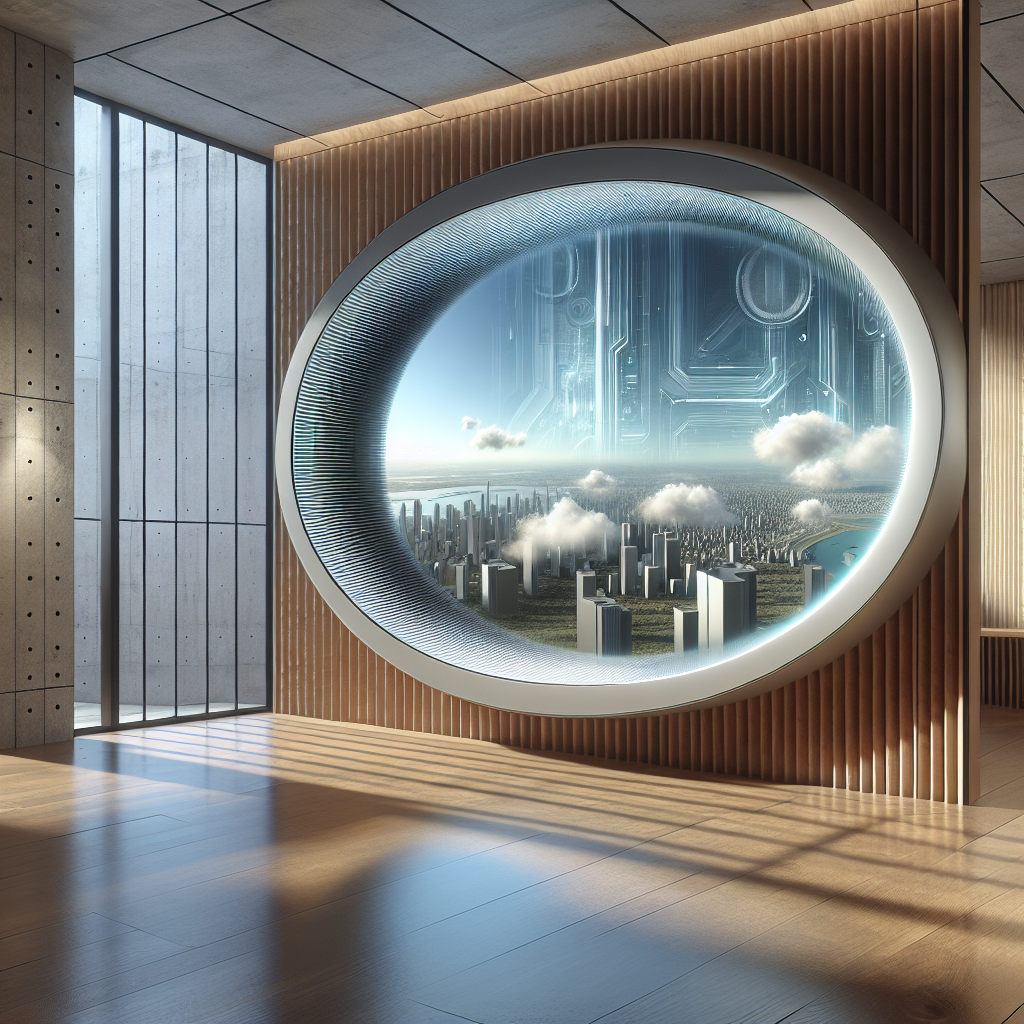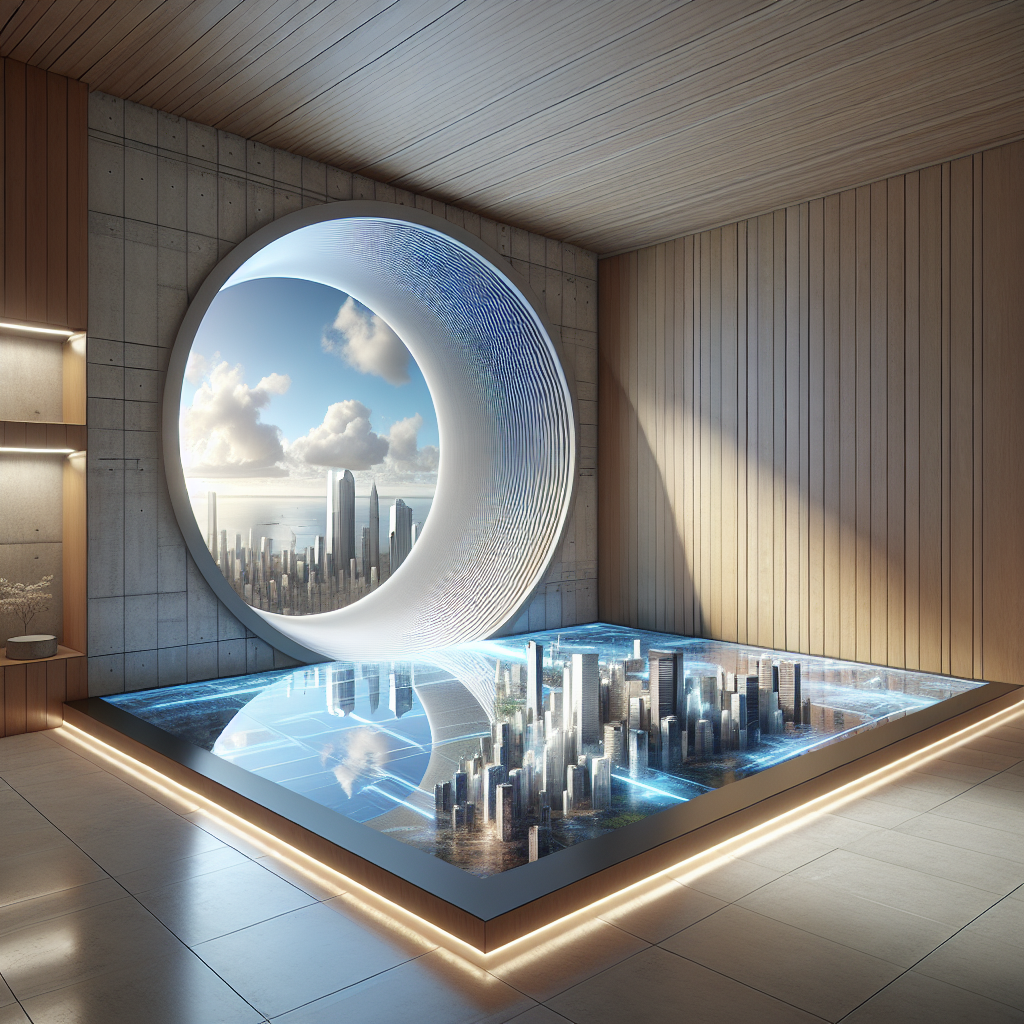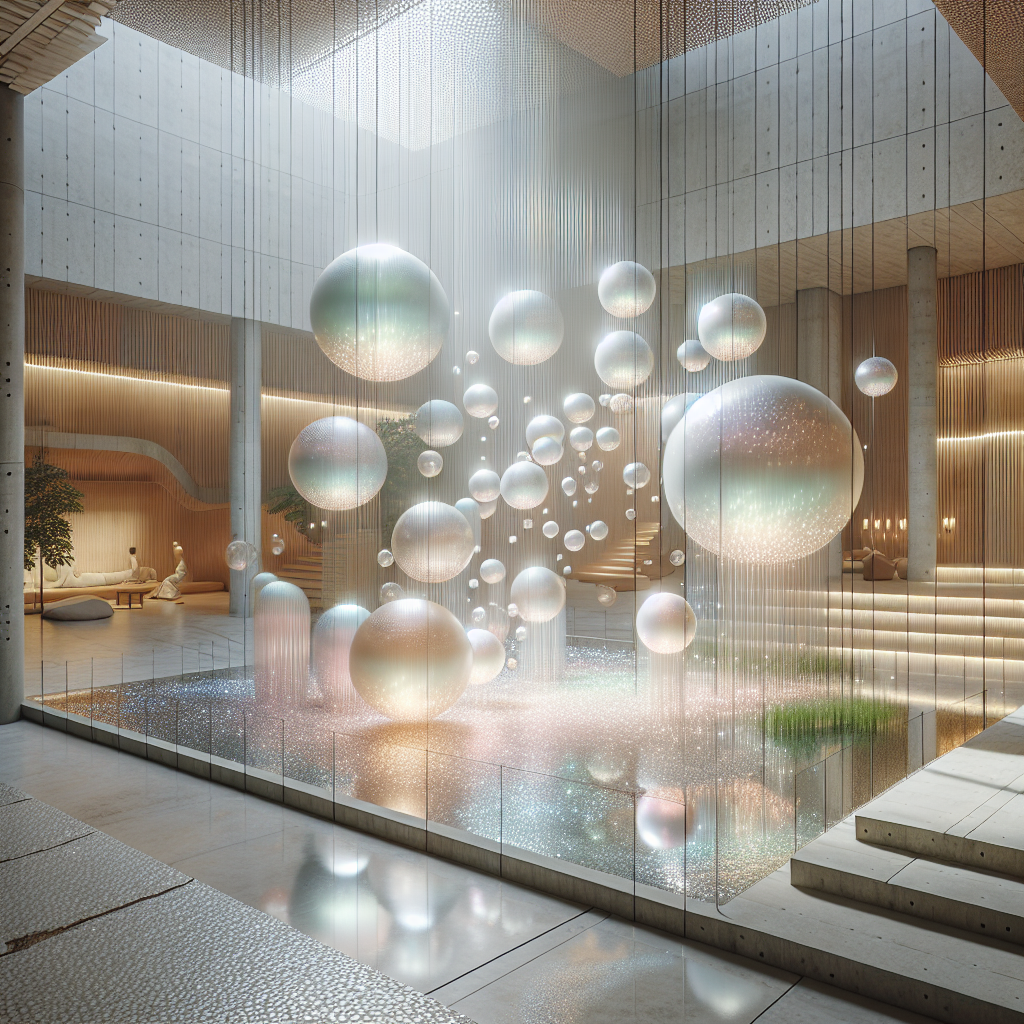Oculus-inspired windows illusions: of expanding skyline viewpoints
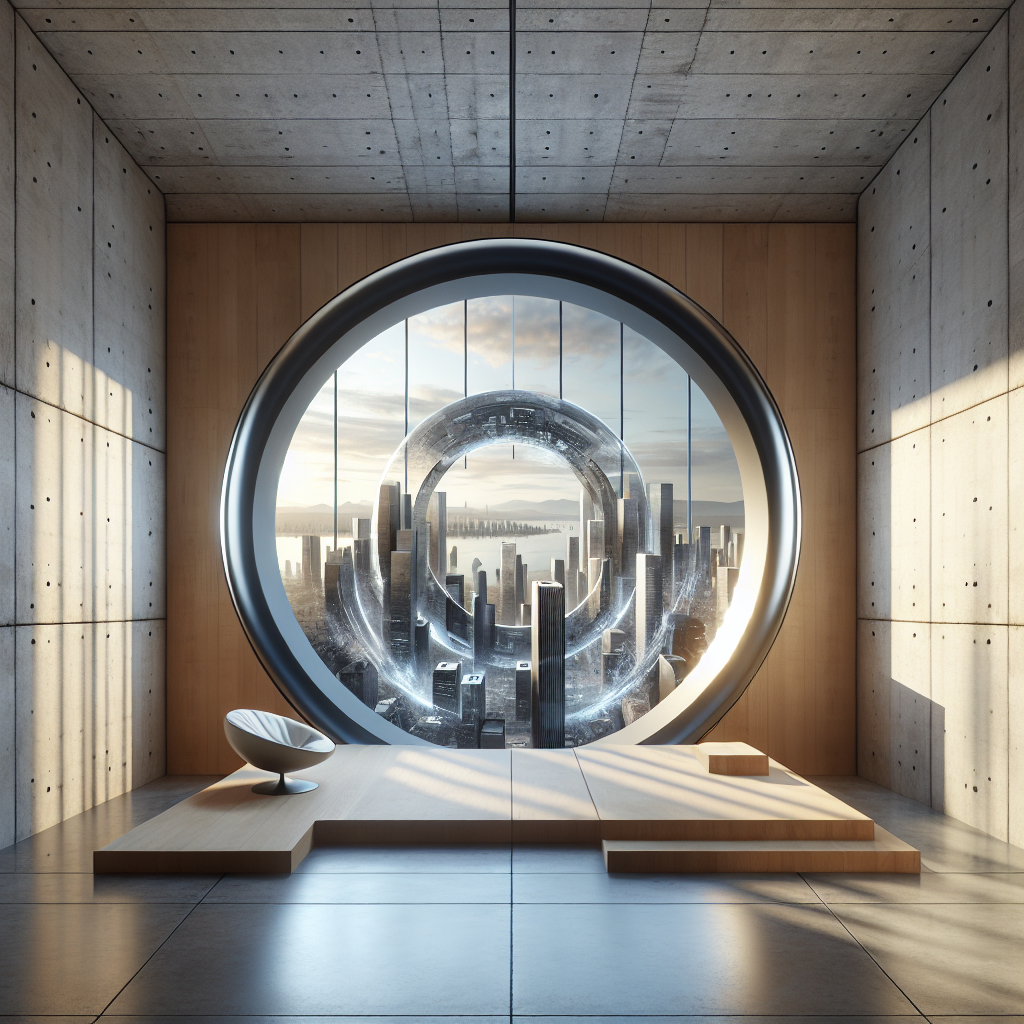
Oculus-Inspired Window Illusions: Expanding Skyline Viewpoints
In the ever-evolving world of architecture and interior design, the pursuit of innovative visual experiences has taken center stage. Among the most captivating trends reshaping our built environments today is the integration of oculus-inspired window illusions. These mesmerizing architectural elements not only redefine how we perceive urban skylines but also elevate spatial aesthetics to new heights. By harnessing the power of optical illusions, architects and designers are crafting windows that seemingly expand viewpoints, blur boundaries, and create immersive visual narratives within contemporary spaces.
The Oculus: An Architectural Marvel Reimagined
Historically, the term “oculus” refers to a circular opening at the apex of a dome, famously exemplified by the Pantheon in Rome. This architectural feature, derived from the Latin word for “eye,” has traditionally served as a symbolic connection between the earthly realm and the heavens above. Today, architects and designers are reinterpreting this classical element, merging it with cutting-edge technology and design principles to craft modern windows that playfully distort and enhance our visual experiences.
These contemporary oculus-inspired windows are characterized by their circular or elliptical shapes, often framed by minimalist structures, and strategically positioned to capture specific urban vistas. Employing advanced materials and optical techniques, they create illusions of depth, infinity, and expanded horizons, effectively transforming mundane cityscapes into dynamic visual spectacles.
Visual Expansion: The Art of Optical Illusions
At the heart of oculus-inspired window illusions lies the sophisticated manipulation of visual perception. Architects employ techniques such as forced perspective, reflective surfaces, and carefully calibrated lensing effects to craft windows that appear to extend beyond their physical boundaries. These windows create the illusion of infinite depth, drawing the viewer’s gaze outward and upward, thus enhancing the perceived spaciousness of interior environments.
One striking example is the recently completed “Sky Aperture” installation in Tokyo’s upscale Roppongi district. Designed by renowned Japanese architect Hiroshi Nakamura, this elliptical window features a subtly curved glass surface that refracts and reflects the surrounding skyline. As viewers move through the interior space, the cityscape dynamically shifts, creating an ever-changing panorama that seemingly extends into infinity. This innovative approach not only captivates the observer but also imbues the interior with a sense of openness and fluidity.
Integrating Technology: Augmented Reality and Dynamic Windows
The fusion of oculus-inspired windows with emerging technologies further amplifies their visual impact. Augmented reality (AR) and digital projection techniques are increasingly integrated into these architectural elements, enabling designers to overlay dynamic, interactive visuals onto real-world views. This synergy between physical architecture and digital innovation is transforming how we engage with urban environments.
For instance, the “Panoramic Illusions” project in Dubai employs rotating windows embedded with AR technology, allowing occupants to customize their skyline views in real-time. Users can select from various visual themes, such as historical cityscapes, futuristic visions, or natural landscapes, seamlessly blending reality with digital artistry. This innovative integration of technology and design exemplifies how oculus-inspired windows are reshaping contemporary architectural experiences. For more insights into how augmented reality is revolutionizing design, explore our article on Augmented Reality: The New Frontier in Design Innovation.
Biophilic Design: Connecting Interiors with Nature
Oculus-inspired windows also align seamlessly with the principles of biophilic design, a growing movement that emphasizes the integration of natural elements into built environments to enhance human well-being. By framing views of natural landscapes, sky, and greenery, these windows foster a deeper connection between occupants and the natural world, promoting relaxation, creativity, and overall health.
The “Cloud Oculus” installation at a wellness retreat in Switzerland beautifully illustrates this concept. Designed by Studio Biophilia, this circular window frames the ever-changing alpine sky, creating a meditative focal point within the interior space. The interplay of natural light, cloud formations, and atmospheric conditions provides occupants with a dynamic, soothing visual experience that promotes mindfulness and tranquility. Discover more about the transformative impact of biophilic design in our comprehensive exploration: Biophilic Design and Its Impact on Human Health and Well-being.
Sustainability and Material Innovation
In addition to their aesthetic and experiential qualities, oculus-inspired windows are increasingly designed with sustainability in mind. Architects are exploring innovative materials and construction techniques that minimize environmental impact while maximizing visual performance. For example, self-cleaning, energy-efficient glass and adaptive shading systems are frequently incorporated into these installations, ensuring optimal thermal comfort and energy conservation.
Moreover, the rise of timber in high-rise construction has inspired architects to integrate oculus windows into wooden skyscrapers, creating harmonious blends of natural materials and visionary design. The “Timber Eye” project in Stockholm, a pioneering wooden skyscraper, features a series of circular windows that frame panoramic views of the city while complementing the building’s sustainable ethos. To delve deeper into the sustainable potential of timber construction, read our article on Wooden Skyscrapers: The Rise of Timber in High-Rise Construction.
Future Perspectives: Expanding Horizons
As urban landscapes continue to evolve, oculus-inspired window illusions offer architects and designers a powerful tool for reimagining spatial experiences. By harnessing optical illusions, technology integration, biophilic principles, and sustainable practices, these innovative windows are redefining how we perceive and interact with our built environments.
Looking ahead, the potential applications of oculus-inspired windows are vast and varied. From residential interiors and commercial spaces to cultural institutions and public landmarks, these architectural elements promise to enrich our visual experiences, foster deeper connections with nature, and inspire innovative design solutions. As we continue to explore the boundaries of perception and creativity, oculus-inspired windows stand poised to transform our skylines and redefine the future of architecture.
For further inspiration on how design shapes our urban futures, explore our in-depth analysis of futuristic cityscapes in cinema: The Impact of Technology on Futuristic City Design and Architecture in Blade Runner 2049.
Ultimately, the rise of oculus-inspired window illusions represents a bold step forward in architectural innovation, offering fresh perspectives and expanded horizons that captivate, inspire, and transform our everyday experiences.
For additional historical context on the architectural oculus, visit the comprehensive entry on Wikipedia’s Oculus page. To further explore optical illusions in architecture, see the detailed overview of Forced Perspective and Optical Illusions.
Conclusion: A Visionary Future Awaits
Oculus-inspired window illusions are more than mere architectural features—they are gateways to expanded perceptions, dynamic interactions, and transformative experiences. As architects and designers continue to push the boundaries of innovation, these visionary windows promise to reshape our skylines, enrich our interiors, and redefine the very essence of architectural design.
